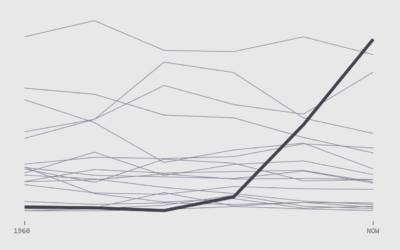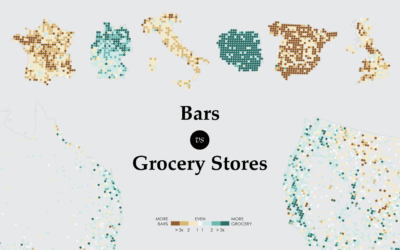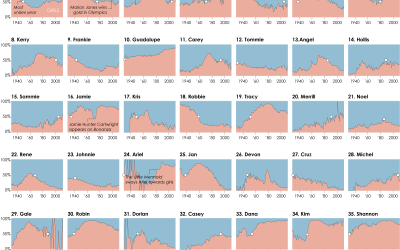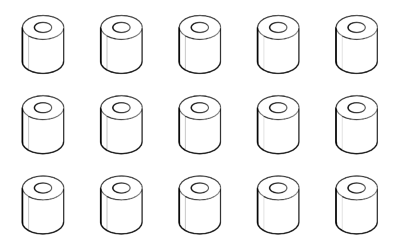Why People Make Bad Charts (and What to Do When it Happens)
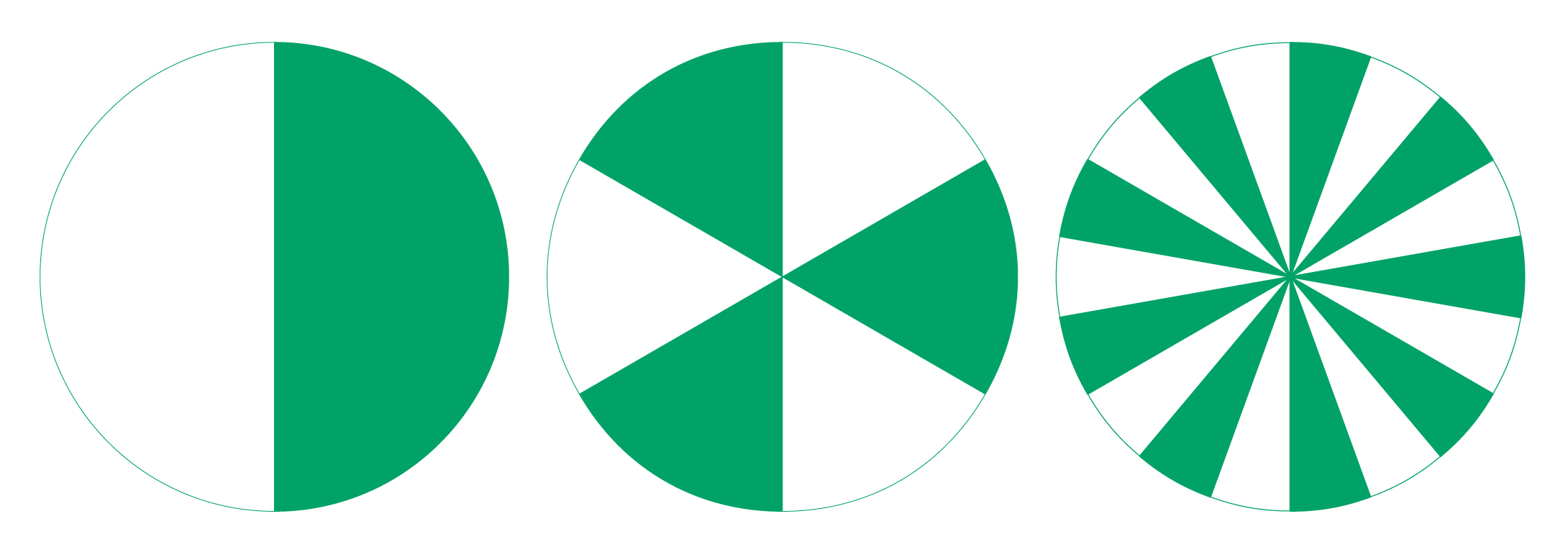
People make “bad” charts all of the time. Sometimes it is intentional and misleading. Boo, we don’t like those. But most of the time, a mistake is an honest one, or the person who made the mistake is still learning. Sometimes a chart isn’t bad at all, and instead, it simply did not meet someone’s expectations of what a “good” chart should be.
It’s important to consider the reasons so that we don’t overreact. Otherwise, we’re just berating, pointing, and laughing all of the time, and that’s not good for anyone.
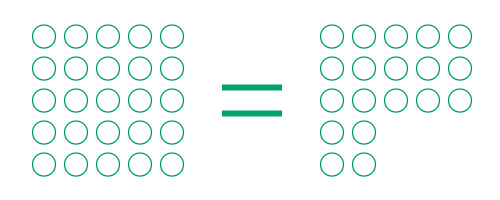
They are lying
People lie, and sometimes they use charts to enforce the lies. Charts have a reputation of accuracy and truth. Data. Hard facts. Roar. So people use this to their advantage, and they make a chart that shows something that the data doesn’t represent.
This definitely happens. (Although I don’t think it’s the most common reason for bad charts.)
What to do
Highlight lying charts by saying what’s wrong with them. Provide the why. People who don’t see the wrongness will then be able to see it the next time the miscue appears. Teach how to spot visual lies.
If you really want to help, remake the chart to honestly represent the data.

They want to make a point
Just like in any debate, with or without charts, people will highlight facts that lean in their favor. Sometimes this comes in the form of blatant cherrypicking, and other times the choices are more subtle. Either way, the gut reaction is often: “This is misleading.” The comment alone doesn’t add much though.
What to do
Like in the previous case, the best thing to do is to make a chart that better shows the context of the data. Show a wider timespan. Fit the data to a more appropriate scale. Use colors that better highlight patterns.
You don’t accomplish anything with just “this is misleading.” The person who made the chart probably already knows what they’re doing. The people who don’t know that the chart is misleading will mostly wonder why you said it’s misleading. In a seemingly truthful chart versus a curt comment, the former probably comes out on top.
Refute with evidence.

They are beginners
Everyone has to start somewhere, and in the process of learning, you’re supposed to make mistakes. In many ways, I still feel like a beginner after all these years.
What to do
Be nice. Don’t be a jerk. Help them get better, and if you don’t know how to do that, then you have no business providing input on visualization matters.
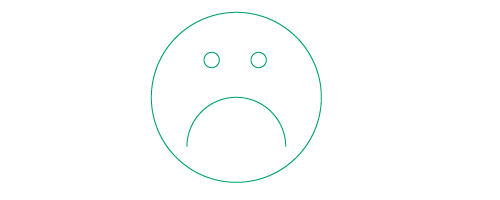
They don’t care about chart design
Not everyone who visualizes data cares about design. So they go with software defaults, which is usually not the best way to go about data-ing. It leads to poor readability, questionable color and value scales, or visualization methods that don’t fit the data.
What to do
You can provide design advice, but it’s more efficient to point this group of people towards quick solutions and tools. They’ll probably still go with software defaults, but at least they’ll use better defaults. Here’s what I use.
Concrete chart examples can also help a lot. It’ll help this group of people see what good design provides and something to aspire for. The examples might get them interested in the details.
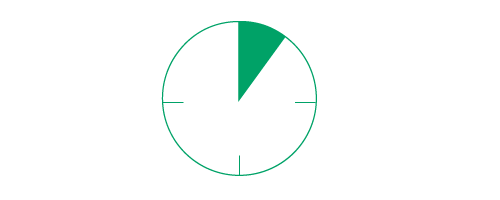
They care but have limited time
I like to think that most people care about how to visualize data to some extent. They just don’t have the time to learn about visualization methods, implementation, and the best choices for their data. For most people, visualization isn’t a primary job, so they do what they can with the time they have.
This is also true for people who visualize data for a living. There are deadlines. There are limitations. There are various scopes.
What to do
Again, it’s about efficiency. Help people get the most bang for their buck (or in this case, minutes) by pointing them to useful tools and providing chart alternatives.
And if you see a visualization that isn’t quite up to par made by someone or an organization that usually produces good work, consider their process before berating them.
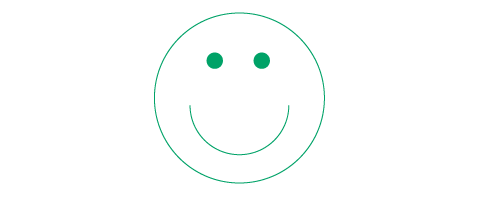
They want something more than precision
Most visualization “best practices” are about showing data most efficiently and accurately. The goal is quantitative insight. However, this is not always the primary goal of a visualization. Sometimes the goal is qualitative. A feeling. Playfulness. Awareness.
Amanda Cox of The New York Times perhaps said it best: “There’s a strand of the data viz world that argues that everything could be a bar chart. That’s possibly true but also possibly a world without joy.”
What to do
Different projects serve different purposes. Critique accordingly.

They’re experimenting
People like to try new things. Many moons ago, someone thought it might be interesting to represent data with geometric shapes, and a bar chart was born. A line chart was born. A dot plot was born. If we stop experimenting, we’re saying that this is all that’s left. We’re at the pinnacle and it’s all downhill from here. I hope not.
What to do
Give constructive feedback. In all likelihood, the person already knows the drawbacks and tradeoffs.
Wrapping up
People make bad charts all of the time. People also make bad movies, write bad books, and build hard-to-use applications. Bad charts are what happen when you have a mix of experiences, purposes, and people. So every mistake or hard-to-read chart doesn’t have to be met with equal saltiness.
Become a member. Support an independent site. Make great charts.
See What You Get
